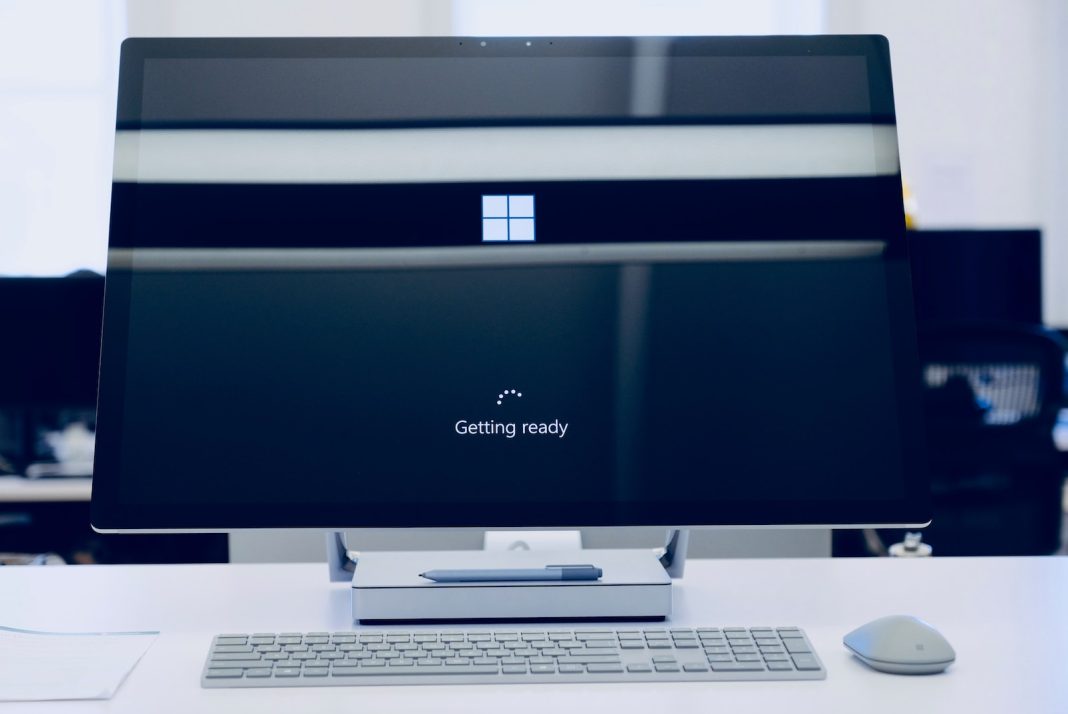In a recent development, Windows 10 users are beginning to witness the debut of Copilot AI, courtesy of the cumulative update for December (patch KB5033372). This latest update not only brings the much-anticipated Copilot AI but also includes routine security fixes and a couple of additional features for desktop users.
The Copilot AI, currently in preview mode, makes its presence known with an icon positioned at the far right of the system tray on the taskbar. However, it’s important to note that this is a limited rollout, with Microsoft stating, “[Copilot] is available to a small audience initially and deploys more broadly in the months that follow.” If the Copilot icon doesn’t appear on the taskbar after the update, it may be due to the limited release or a potential interface issue, which we’ll explore shortly.
For users who find Copilot unnecessary on their desktop, there’s good news – the AI assistant can be easily disabled by right-clicking on its icon, as reported by Windows Latest.
Beyond Copilot, the December update for Windows 10 brings some other notable enhancements. The News & Interests panel gets more screen real estate, and a feature familiar to Windows 11 users, namely ‘Get the latest updates as soon as they are available,’ makes its debut. This option allows users to opt for early adoption of updates, although Microsoft warns of potential system quirks for those who choose to be early adopters.
Copilot Interface Quirk
While Copilot steals the spotlight with its debut, there’s a minor interface issue that might concern a niche group of users – those who’ve customized their desktops by moving the taskbar away from the bottom of the screen to the side. According to Microsoft, “Copilot in Windows (in preview) is not currently supported when your taskbar is located vertically on the right or left of your screen.”
This quirk, though affecting a relatively small number of users, could be a significant inconvenience for those who’ve invested time in fine-tuning their desktop layout. Microsoft suggests a straightforward solution: move the taskbar back to the bottom or the top of the screen. However, for enthusiasts deeply invested in desktop customization, such a change might disrupt their workflow and preferred desktop setup.
Microsoft assures users that it’s actively working on resolving this interface issue and commits to keeping users updated on the progress of the fix. It’s worth noting that Windows 11 doesn’t face this problem, as the taskbar cannot be moved away from the bottom of the desktop, a limitation that might irk dedicated desktop customizers.
As Copilot is currently in a limited rollout, only a select audience will experience its functionalities initially. The AI, resembling a more advanced version of the Bing chatbot (now rebranded as Copilot), can manipulate some Windows settings, although its capabilities are somewhat basic at present. Microsoft plans to enhance Copilot’s functionality in the coming months, providing users with a more robust and feature-rich AI experience.
In conclusion, while Copilot’s debut marks a significant step forward for Windows 10, the limited rollout and interface quirks might temper the excitement for some users. As Microsoft continues to refine and expand Copilot’s capabilities, users can expect a more comprehensive and seamless AI integration into their Windows 10 experience in the months ahead.


